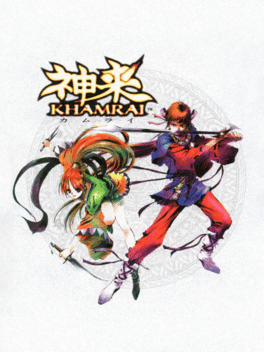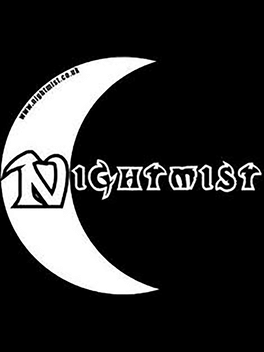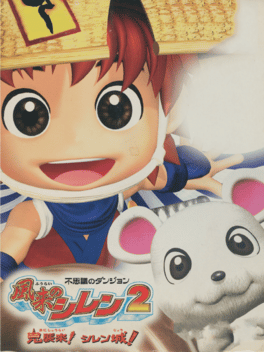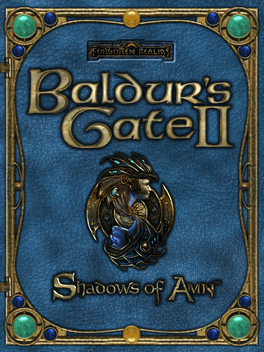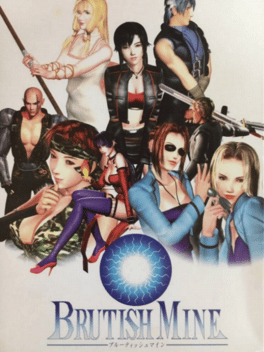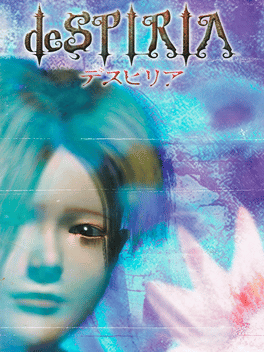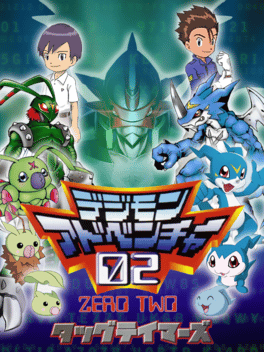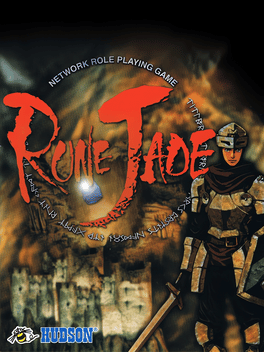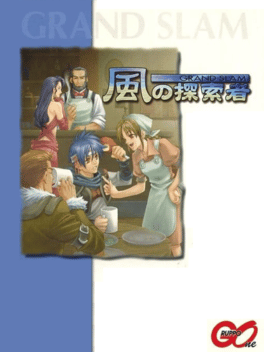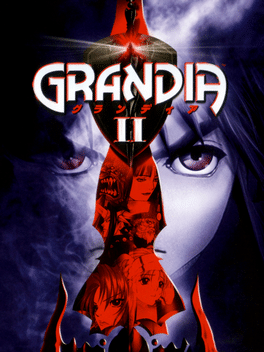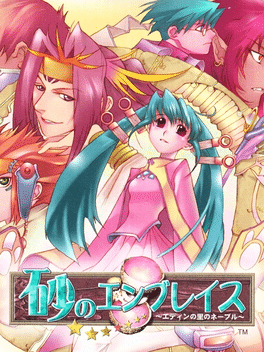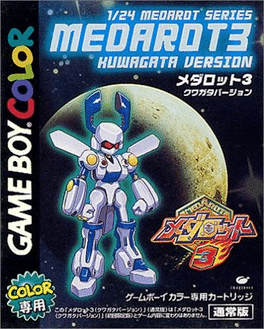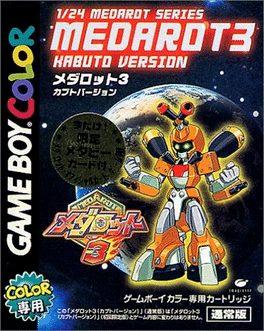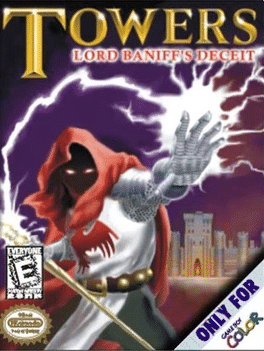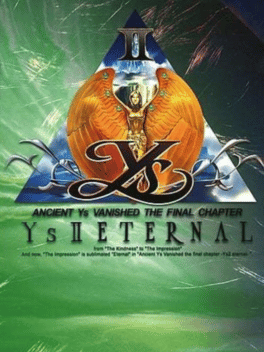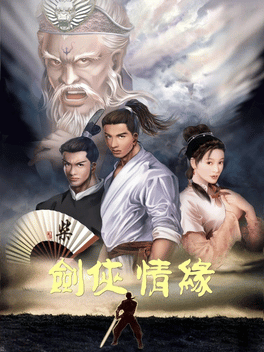New Xbox360 Games - Page 232
-
Pinta's Quest
2000
-
Khamrai
2000
Khamrai
2000
In Khamrai, you're thrown into a realm where gods and men live among each other; where six nations float through the sky in an uneasy truce; where full-scale war is almost an inevitability. A bit of a taller order than usual. -
Nightmist Online
2000
Nightmist Online
2000
Nightmist is an icon/text-based MUD (Multi User Dungeon). Create a fully-customizable character with distinctive strengths and weakness. Choose from one of nine classes, each one significantly influencing how you experience the game. Form allegiances and travel expansive regions, questing for riches, priceless artifacts, and most importantly, fame. -
Gunparade March
2000
Gunparade March
2000
In 1945, World War II was abruptly ended when an alien race appeared on Earth and began to slaughter the human population. This alien force, known as the "Phantom Beasts" (or Genjyu in Japanese) had effectively taken over more than half of the Earth. The year is 1999 – 54 years later, mankind is still fighting to survive against the alien forces. Earth forces now use advanced mecha called Humanoid Walking Tanks (HWTs) to combat the invaders, but throughout the ordeal, far too many pilots have been killed in action. To ensure the future of the human race, the Japanese government enforced a student draft which recruited high school students to become HWT pilots. Gunparade March follows the lives of the 5121st Platoon, which consists mainly of drafted high school students and their struggle to defeat the Phantom Beasts and at the same time, lead a normal social life. They are young people such as Atsushi Hayami and his high school class, also known as Unit 5121. This new generation fearlessly struggles on with the -
Fushigi no Dungeon: Fuurai no Shiren 2 - Oni Shuurai! Shiren-jou!
2000
Fushigi no Dungeon: Fuurai no Shiren 2 - Oni Shuurai! Shiren-jou! is a role-playing video game developed by Chunsoft and published by Nintendo for the Nintendo 64. It is the second main entry in the Shiren the Wanderer series, which is part of the larger Mystery Dungeon series, and was originally released in Japan on September 27, 2000. The game follows Shiren, a boy who aims to defend a village from attacking demons by building a castle; he finds building materials and other items by exploring dungeons. -
Baldur's Gate II: Shadows of Amn - Collectors' Edition
2000
Baldur's Gate II: Collector's Edition includes four custom CD-ROMs, featuring the complete Baldur's Gate II: Shadows of Amn in a jewel case. Additionally, the Collector's Edition features a special bonus disc containing exclusive weapons and armor as well as tracks from the original game soundtrack; a cloth map displaying the Kingdom of Amn in vivid color; a set of eight collectible Character Trading Cards (one of two sets randomly distributed, 16 trading cards in all); and a Black Isle Studios writing tablet, all appropriately ensconced in a hinged, book-style serialized box. -
Baldur's Gate II: Shadows of Amn
2000
star 8.9Every World has conflict. Good and evil. Friend and foe. Safety and danger. In Baldur's Gate II: Shadows of Amn, you'll find yourself between these factions. This epic sequel to the Roleplaying Game of the Year will immerse you in a world of intrigue, adventure and fierce combat where your ability to discern the difference between these sides - with the assistance of steel and spell - determines your fate. Set in the Forgotten Realms campaign setting, Baldur's Gate II is the most stunning Advanced Dungeons and Dragons game to date. -
Brutish Mine
2000
-
deSpiria
2000
deSpiria
2000
deSpiria is an RPG adventure that takes place in the futuristic Japan of 2070. Twenty-two years after the World War III, an organization known as Church has taken power. You play as Allure Valentine, a girl who was recruited by the Church as an undercover agent. On one of her missions, Allure boards a train that crashes shortly thereafter. Her first task will be to find a way out of the underground tunnel and to discover who or what was behind that crash. The game is a RPG with elements of pure adventure. The entire game is viewed from first-person perspective. You fight enemies in turn-based battles, but instead of usual party you have several "minds", a kind of summoned monsters who will fight together with Allure. They will heal or attack the enemy using special "mind attacks" of various elements - love, curse, etc. In adventure mode, you explore the environments by pressing the A button, which will highlight objects you can interact with. The movements are shown as short CG sequences, similar to many Western-s -
Digimon Adventure 02: Tag Tamers
2000
Digimon Adventure 02: Tag Tamers is a role-playing video game by Bandai, for the WonderSwan. It was released in Japan on 3 August 2000. The game is based on the manga series Digimon, in which children can travel to a digital world and help good digital monsters to defeat evil ones. -
Rune Jade
2000
Rune Jade
2000
Role-playing game that supported the Dreamcast Keyboard. Up to five people can participate simultaneously in this online RPG. The game can be played offline as well, as any party characters not controlled by players will be controlled by the computer. The adventure begins in the floating island country called Sonia, where demons are about to break free of the seal that keeps them under control. -
Kaze no Tansakusha: Grand Slam
2000
A Japanese rogue-like RPG developed by Gruppo One. The game's aesthetics are influenced by tabletop gaming, with the characters designed to look like figurines moving through dioramas. -
Grandia II
2000
Grandia II
2000
star 7.7Grandia 2 is a 3D RPG, viewed from a top-down perspective for most of the game and a 3rd person view during battle. Controlling Ryudo, the player will explore various locations, locating townspeople and objects within an area to interact with. Towns and dungeons are displayed in the same manner, though dungeons tend to be mazes filled with monsters and towns tend to be friendly areas filled instead with conversation and shops. Any monsters present in these areas will be shown walking around. Walking over to and touching the monster in any way will activate a battle. If the monster notices the player approaching it is considered a normal battle, if Ryudo is able to approach undetected the player's party will gain the initiative in battle, if any party member besides Ryudo is approached by the enemy then the party loses initiative. -
Suna no Embrace: Eden no Sato no Never
2000
A RPG set in a desert fantasy world where water is the most valued resource. -
Medarot 3 Kuwagata Version
2000
Medalots (parts) and medals that will appear in "2" have been largely renewed, and the previous medalot and its successor medalot were limited to the medalot used by specific characters and the hidden medalot of the previous work. On the other hand, new actions such as first aid and posture destruction were added, and the variation of parts was greatly expanded compared to the previous work. The story is set in an underground city, an undersea city, an aerial city, as well as the universe and the moon, and the story is the core of the series, which delves into the origin of medalot. -
Medarot 3 Kabuto Version
2000
Medarot 3 was released in 2000 for the Game Boy Color. It was released in two versions: Kabuto and Kuwagata. The game follows Ikki Tenryou and his friends in the town of Omikuji. After Ikki robottles with the Screws, everyone's Medarotch data is suddenly deleted by an unknown figure. Medarot 3 introduced various new gameplay aspects, including Medachange and Medalias. -
Towers: Lord Baniff's Deceit
2000
As the war rages on between Airatose and Sagon, a band of adventurers departs to join the war. However, their ship is damaged in a storm, and they stop on an undiscovered island known as Lamini. Lord Banniff gives the adventurers shelter and materials to repair their ship. On the eve of their departure, the adventurers discover something sinister about Lord Banniff. You must take control of one of the adventurers, each with relative strengths and weaknesses, and try to escape from Lord Banniff's castle. Explore 15 levels, battle hundreds of monsters, and find useful items and weapons. If exploring the castle by yourself becomes tedious, use a link cable and have a friend join the adventure. Try to escape from Lord Banniff in TOWERS: Lord Banniff's Deceit -
Ys II Eternal
2000
Ys II Eternal
2000
Ys II Eternal is a remake of Ys II. It is visually similar to Ys Eternal, with slightly more advanced and detailed graphics. -
Jiànxiá Qíngyuán Èr
2000
-
Digital Partner
2000
Digital Partner
2000
Digital Partner is a Strategy game, developed by Tom Create and published by Bandai, which was released in Japan in 2000. The major theme of the game is partnering with the 02 Digimon and teaching them up to 170 unique words which can then be used during battle.

